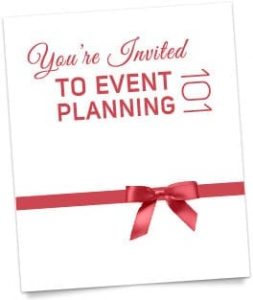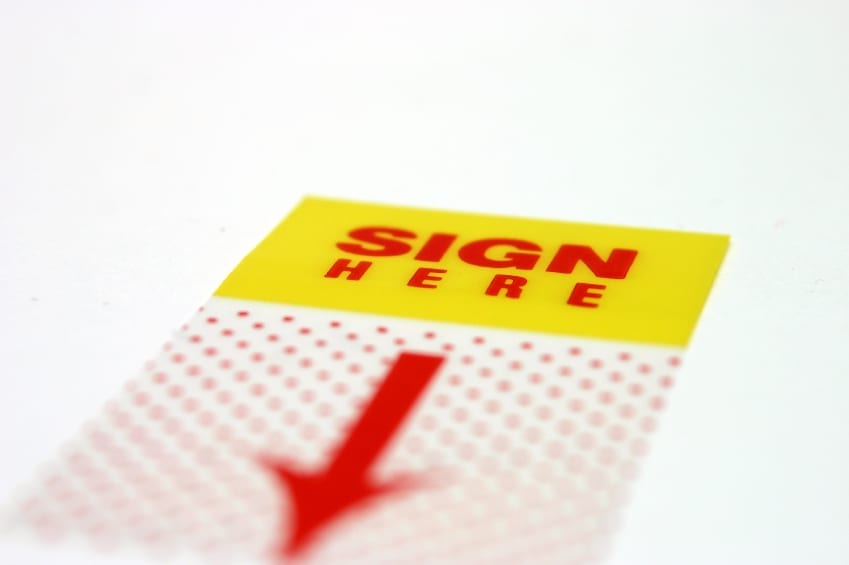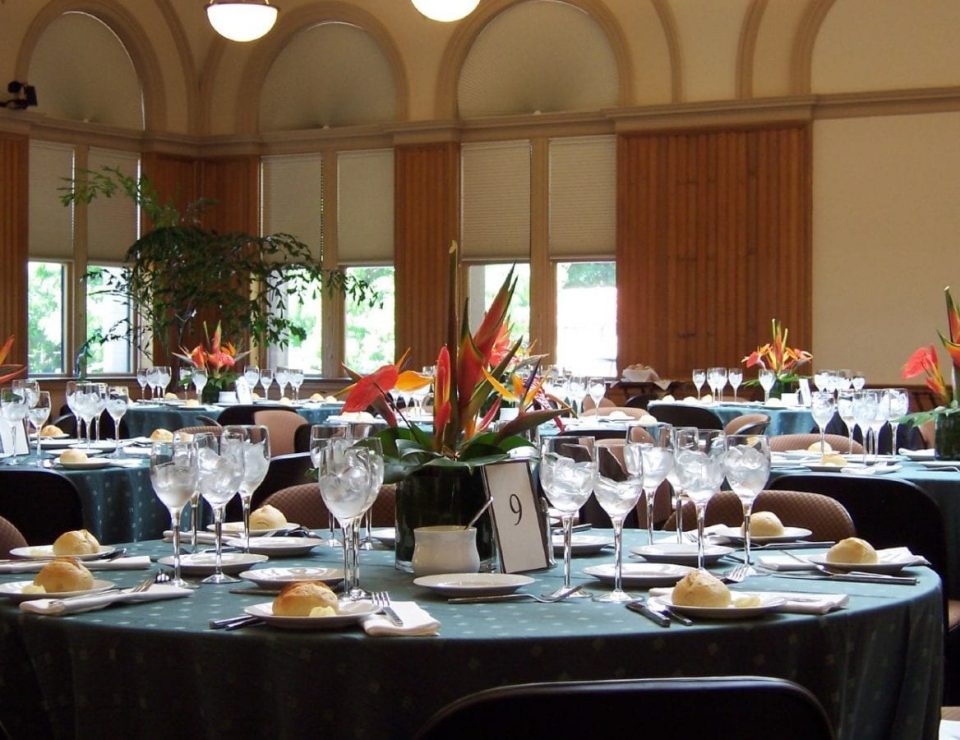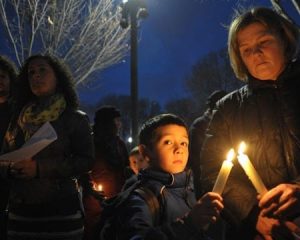 As a nonprofit fundraising and event planning specialist, friends and family often ask me for assistance and insight into throwing well-organized, successful events. Truth be told, I could talk about this stuff all day long. I love it. And I love hearing about the different events the people I know are involved in. Unfortunately, there are (still!) only 24 hours in a day and I can’t always be as helpful as I’d like when people buzz me with their questions. For that reason, I’ve been inspired to create an “Event Planning 101” series. In this blog series, I will cover many aspects of event planning so that you can throw your own events (or at least know what questions to ask your vendors) with much less stress and a lot more fun! Some of the topics will include:
As a nonprofit fundraising and event planning specialist, friends and family often ask me for assistance and insight into throwing well-organized, successful events. Truth be told, I could talk about this stuff all day long. I love it. And I love hearing about the different events the people I know are involved in. Unfortunately, there are (still!) only 24 hours in a day and I can’t always be as helpful as I’d like when people buzz me with their questions. For that reason, I’ve been inspired to create an “Event Planning 101” series. In this blog series, I will cover many aspects of event planning so that you can throw your own events (or at least know what questions to ask your vendors) with much less stress and a lot more fun! Some of the topics will include:
What do you hope to get out of your event? Whether you’re throwing a fundraiser to raise funds to support a good cause, starting a monthly book club, or throwing an elaborate birthday party, setting concrete goals is the first step in making sure your event is a success.
Easily the most important aspect of planning an event, the budget determines how you move forward. But keep in mind that the costs of putting on a quality event can quickly add up and if you allow your budget to get away from you and you can easily end up spending double what you planned. I have plenty of tips and tricks for cutting your budget and will cover the things that are often overlooked when planning an event.
Location, location, location! After setting your goals and budget, this is one of the first things you must then decide on to get the ball rolling. Here are a few questions I will address in the series: Do you want a public or a private space? Are permits required? What size space will hold the guests comfortably? What amenities are included in the price of the rental fee? Is there parking or public transport nearby? Will guests with special needs be able to access the venue? What overall theme or tone do you want to set?
Whether food and drink, tables and chairs, or video and audio, you will likely need to rent materials and supplies for your event. It can become overwhelming but, again, I know a few ways to cut on costs and ensure that you’re hiring reputable vendors.
They say cleanliness is next to godliness and I’d file “organization” right up there with both. After you’ve determined the goal(s) for your event and picked a date and location, you can begin developing your guest list and sending out invitations. There are several ways to go about doing this, depending on the size and feel of your event. The more organized you are from the beginning, the better able you will be to answer any questions your guests may have and to know what to expect on event day.
While I hope no one experiences any serious emergencies, inevitably, unexpected “fires” will arise during the planning process and even possibly during the event. In fact, I recently covered one such issue event planners sometimes face. You should always consider those things that can turn quickly (such as the weather) and have some sort of contingency plan in place so that you look cool, calm, and collected in the face of an event challenge. In a later post for this series, I’ll offer examples of these types of “emergencies” and how to best handle them.
And finally, I will provide you with an event day checklist! You do not want to put a bunch of hard work into planning an event only to have everything unravel on the day of the event. I’ve got plenty of tips to offer on this topic, too.
This series is to assist you. I encourage you to ask questions about topics I haven’t covered below in the Comments section or via Facebook or Twitter. I will do my very best to address each and every one of them!







Responses